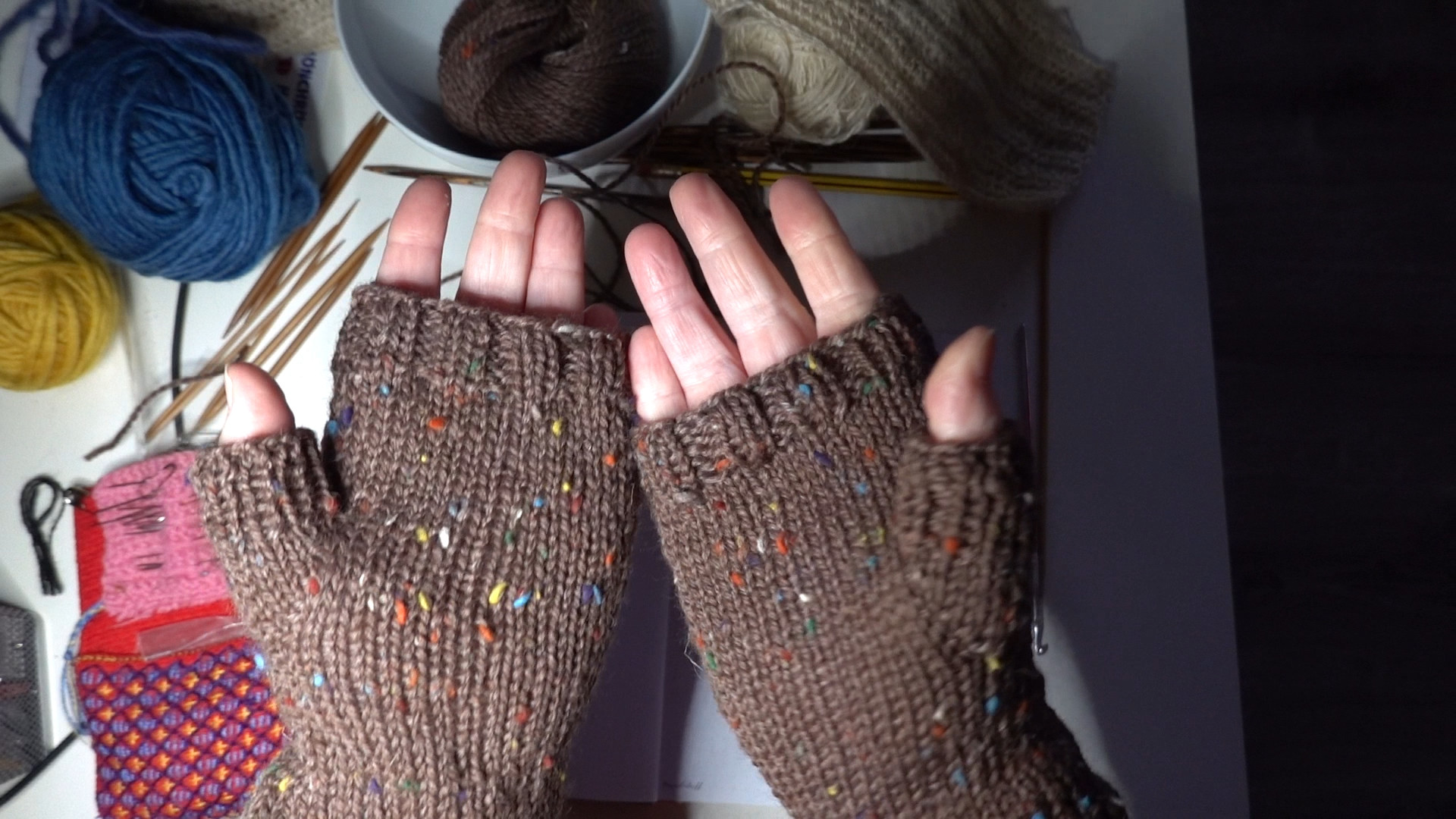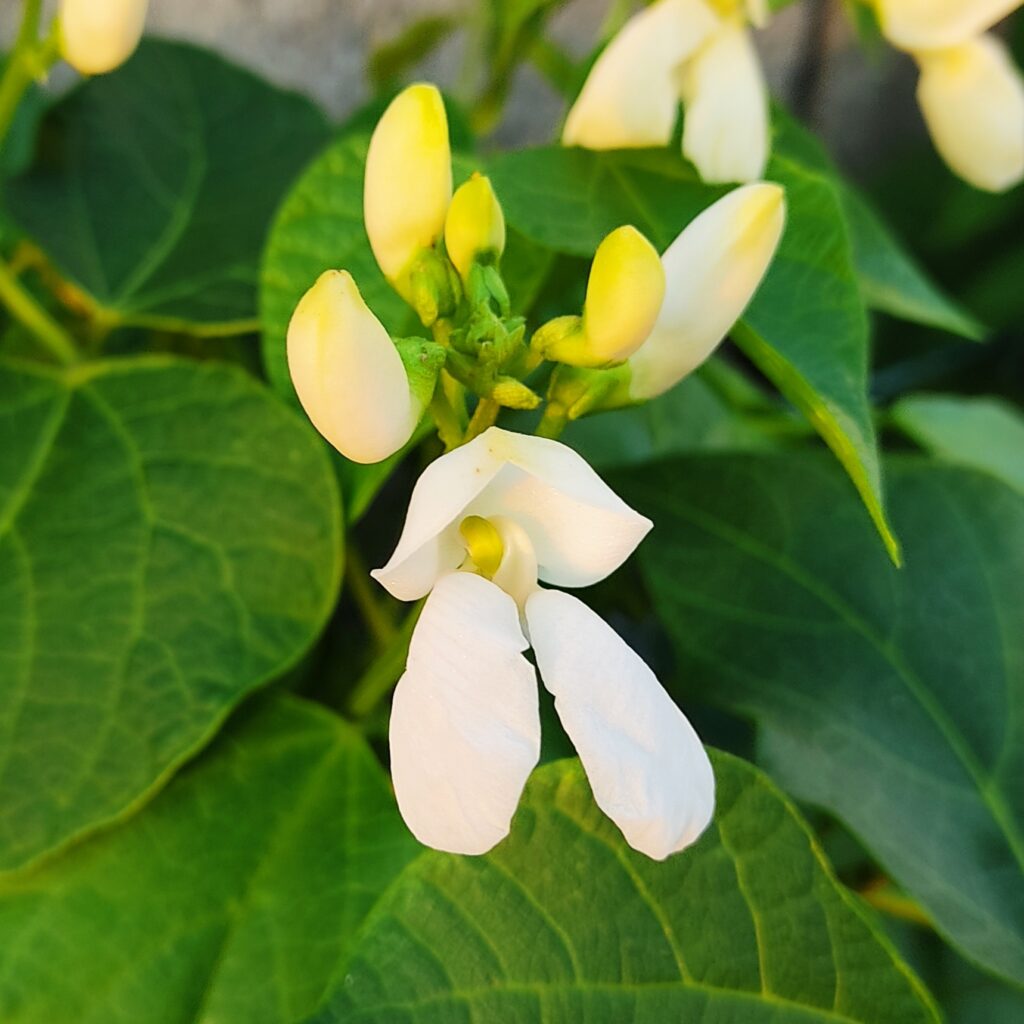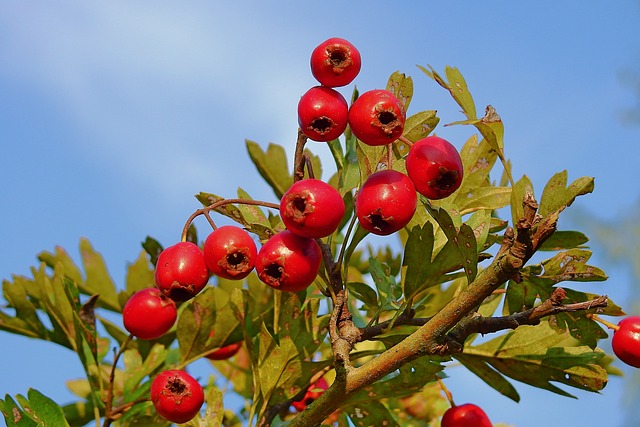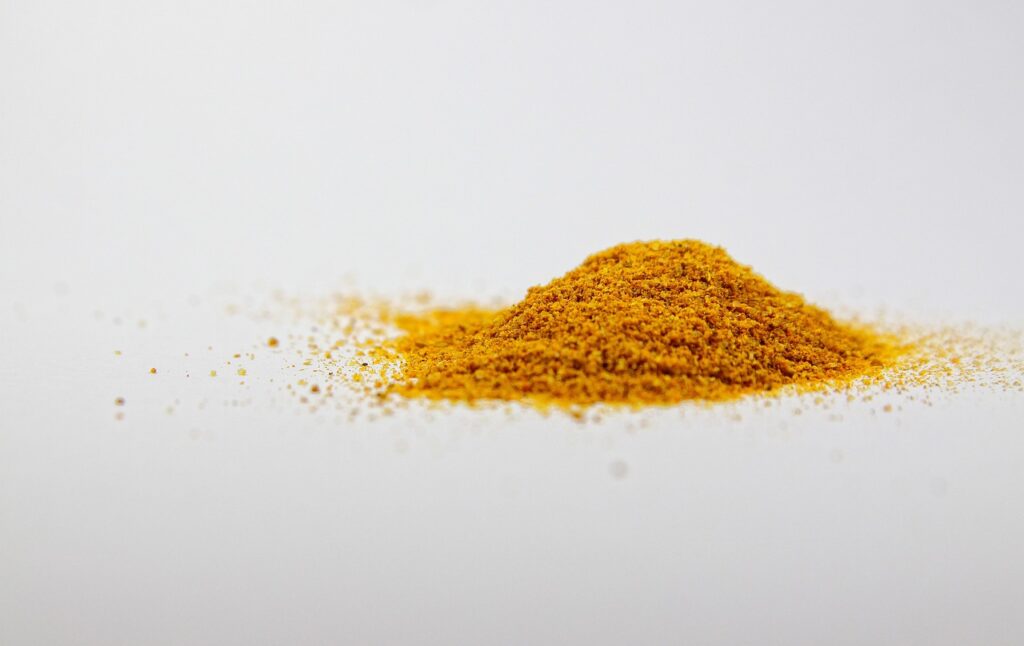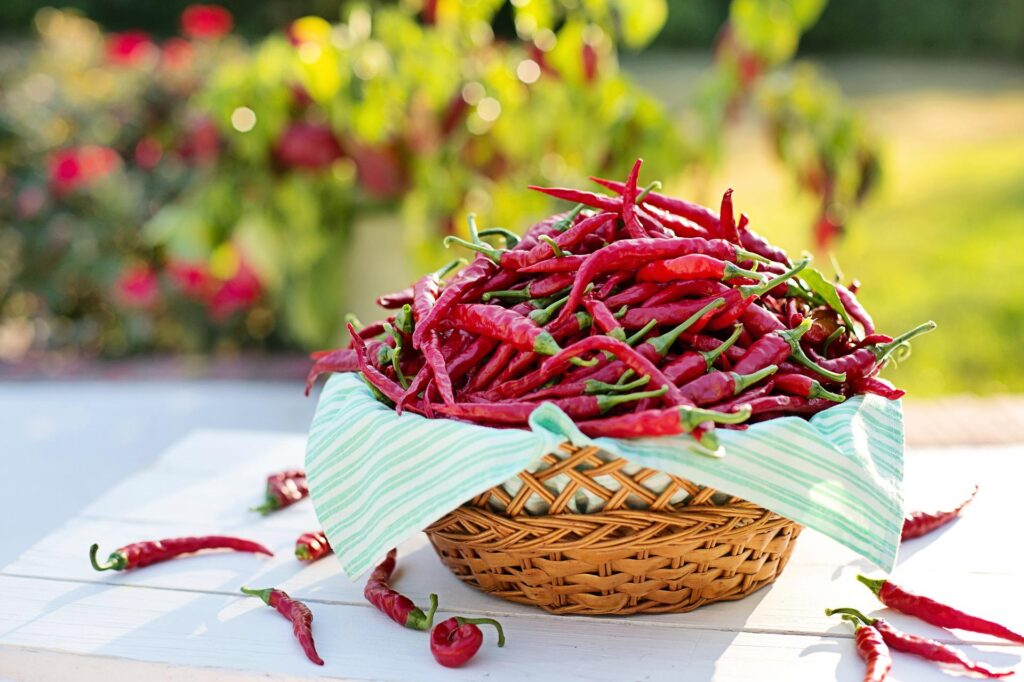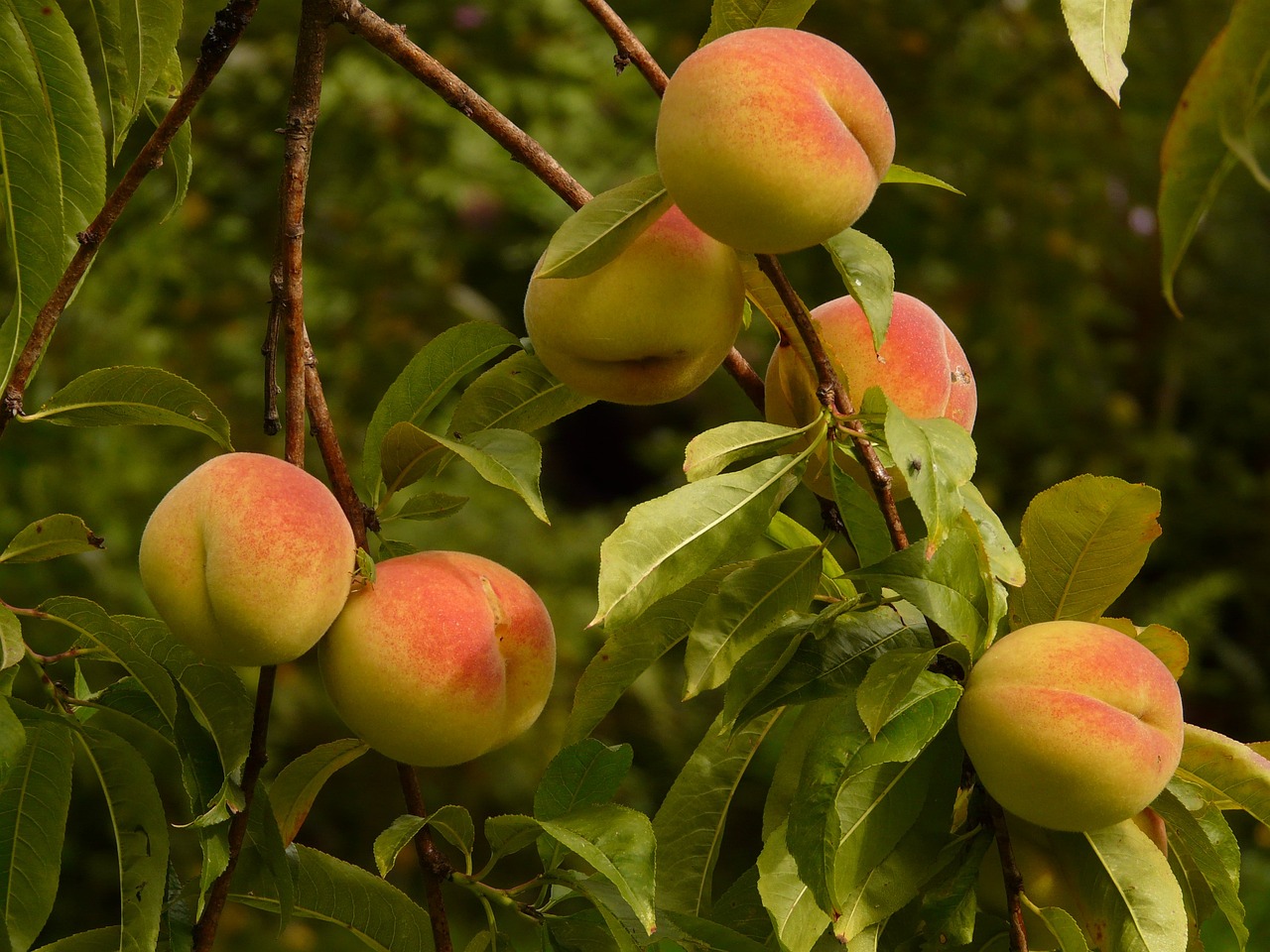
Peach tree cultivation from pits has many advantages, but also several downsides. It gives varieties that bear very little, almost nothing, and are quite different from the mother varieties, such as Mattheser (the so-called wild nectarines), yellow and other varieties that are only useful as rootstocks for grafting, otherwise have no value and must be removed after 10-15 years, having waited in vain for fruit until then.
But good varieties are also obtained from seeds, because all our good varieties are grown from seeds (even the early from Northern America) And there are varieties that have all withstood severe winters. These good varieties are then further propagated by grafting, not from pits. Peaches grown from pits are usually tougher than grafted ones and do not suffer as much from resin flow and cold.
- Peach seeds for growing good, portable trees must be selected only from the best, most grateful varieties.
- Peach stones need to stay in the ground for the winter. They are placed in the ground before the onset of frost at the time of leaf fall (in autumn). But before that they need to be spread out one by one to dry the flesh adhering to them, so that the seeds inside remain good and do not rot or fester. We put the kernels here in a basket, not in a box or a wooden bucket, even if there are holes in it. The moisture never drains out purely and thus rot the stones. In the basket, first a layer of soil, then a layer of stones (one by one), then soil again and stones again, until the basket is full or the stones are used up. This basket is buried 1/3 to 1/2 m deep in the earth, but not where groundwater comes; they remain in the earth until the spring sowing time of vegetables and other seeds.
- Each individual peach stone (peach seed) is taken by hand in the spring and knocked open. For this purpose, it is held on a stone or other hard object, the seam up and down, not the tip, not even the broad side, because then when tapping many seeds go in two with the shells. Even when tapping lightly, the two shells go off the kernel very easily and smoothly. The kernels are now placed on a prepared bed, with the tip down, because that is where the root is formed.By tapping them, the germination capacity of the kernels is increased to 90%. If the stones are placed on the land right in the fall, the germination capacity is only 40-50%, because many germs are not able to break apart the shells. Besides, in winter the vermin drags away a lot of stones, which does not occur when the stones are laid together.
- The seeds now go 3 – 5 cm deep under the ground.
- Of course, if you put the peach seeds together on a bed of better garden land, it is better. The young seedlings will be faster to find later, can also be more cared for, spared and cleaned.
- When the tree is one year old, it is transplanted and pruned back to 5-6 eyes, so that in the second year the crown is formed, and then the tree can be given the form, as a trellis or for the open air. It is still necessary to prune the branches every year, because the peach tree has the ambition to grow upwards and will become bare at the bottom if we do not prune it. Finally, it should be noted that in older, non-grafted trees, the fruits grow larger and also juicier with each passing year.
Source: Der praktische Ratgeber im Obst- und Gartenbau (The practical guide to fruit growing and horticulture), published on October 6, 1889, written by A. Werder. Published in German on the website Uropas Bauerngarten (Great Grandpa’s Cottage Garden)
